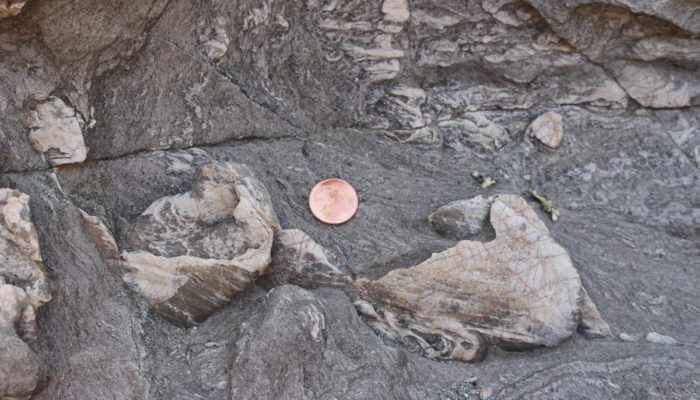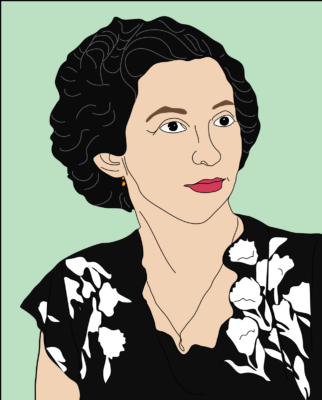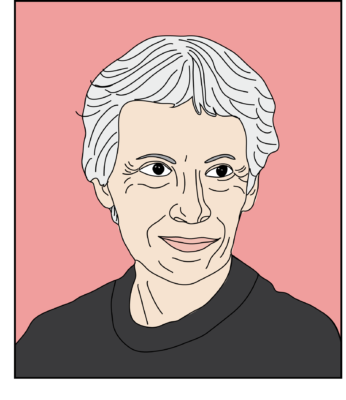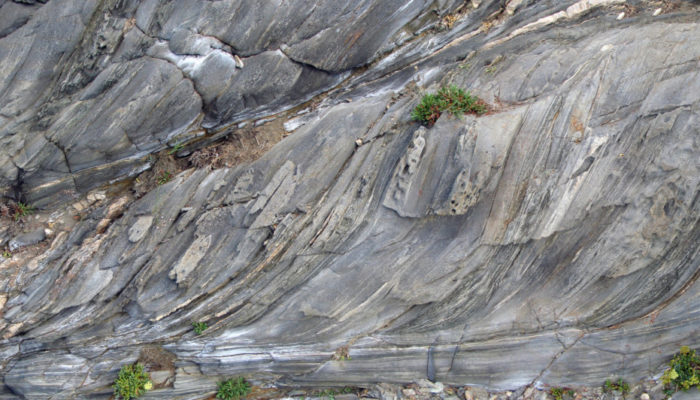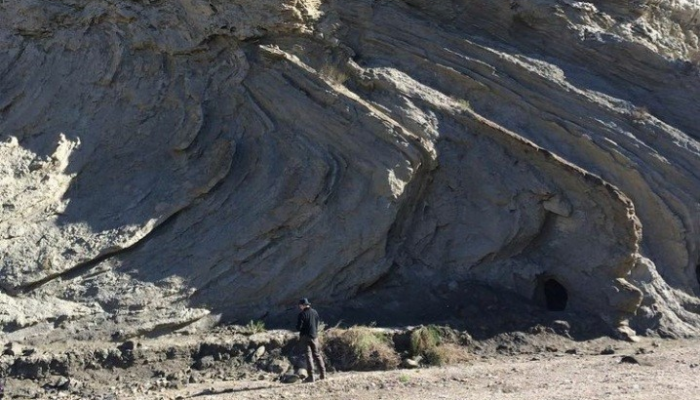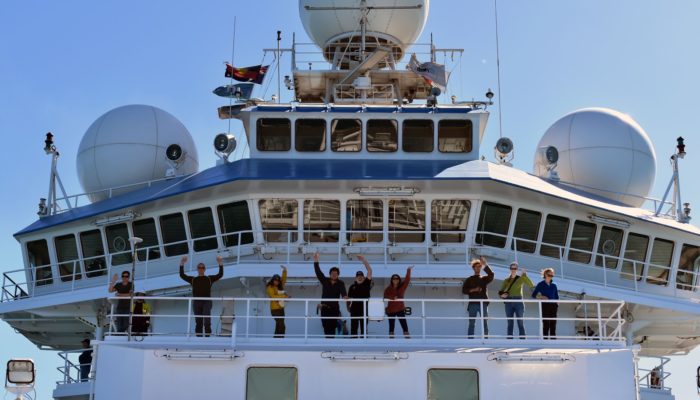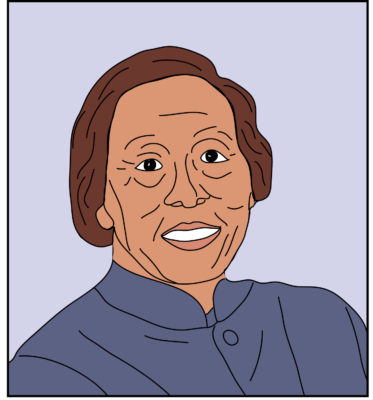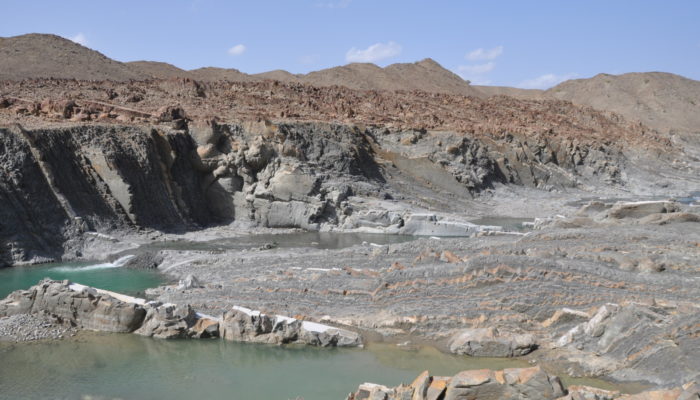As many will know, on Sunday, 28 May 2023, one of the most prominent, energetic and valued members of the Tectonics and Structural Geology community, Emeritus Professor Janos Urai, was lost in a tragic climbing accident in Belgium. Here we remember Janos for the amazing scientist that he was and for the huge legacy that he has left, in the form of his own transformative contributions and the inspi ...[Read More]
Remembering Janos Urai – A master of all scales


